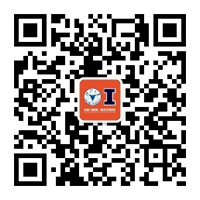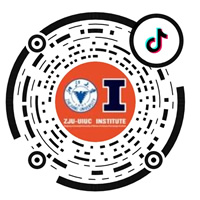In late April, 81 ZJUI college Student Research and Training Projects (SRTP) were approved after strict evaluation by the expert team, including 4 national innovation projects, 5 provincial innovation projects, 12 university-level projects, 57 institute-level projects and 3 scientific research and practice projects. This SRTP has a variety of topics. In addition to the projects in the fields of computer, electronic, mechanic, and civil engineering, there are also interdisciplinary research topics related to the financial field, such as "the impact of corporate innovation ability on IPO pricing". Many of the subjects are interdisciplinary and require multi-disciplinary cooperation. The members of the research team are also composed of students from different majors. Focusing on the problems around them, students put forward projects such as "Demonstrative Digital Twin Campus" and "Research on the Performance of Rotating Atomizer"; focusing on the frontier of science and technology, they began to explore "Construction and Application Research of Intelligent Question Answering System Based on Dynamic Time-Series Knowledge Graph", "Digital Realization of Key Modules of Brain-like Chip", "Safety Test Simulation and Modeling Based on Unmanned Vehicle" and other topics; centering on sustainable society, they put forward some topics such as "Information Map Construction of Natural and Artificial Water System in Yangtze River Delta Ecological Green Integration Demonstration Area" and "Bionic Functional Micro-nano Surface Manufacturing and Testing".
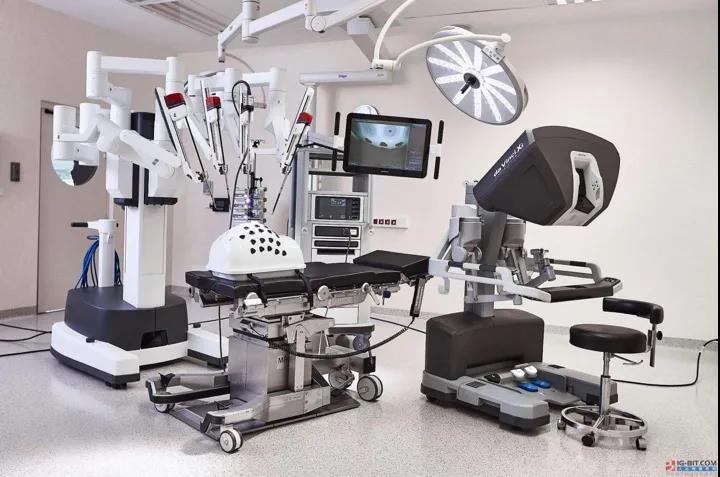
The project of Anqi Tan, Shengwei Chen and Hanyu Gan's team "Design Optimization of a Variable Mechanical Constraint Surgical Arm in a Remote Motion Center" (Instructor: Liangjing Yang) aims at solving the bottleneck of existing mechanical design, proposing a new Remote Center Motion (RCM) mechanism to achieve variable RCM points to meet different surgical requirements. At present, there is no mechanical constraint manipulator in the market to achieve this function. The mechanism can meet the requirements of invasive surgery workspace, achieve stable operation without the influence of singularities in the workspace, optimize the flexibility, stability and motor linear deviation of the mechanism. So far, the team has completed the preliminary design of the mechanical structure with parameters, and found the correlation between the workspace and the change of the flexibility RCM point. Their paper "Design Optimization of a Mechanically Confined Re-localizable Remote Cent-of-Motion" has been submitted to the IEEE ARM conference.
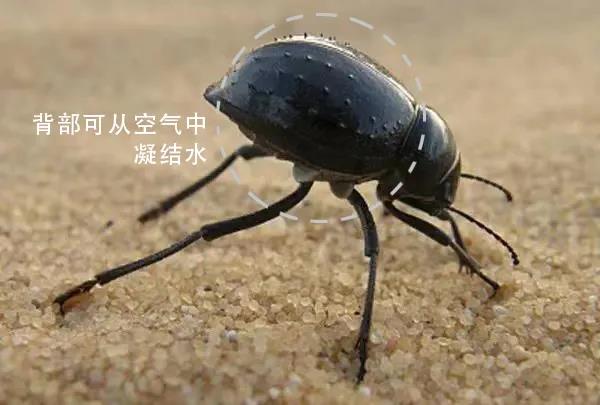
Inspired by the characteristic of the back of the Namibian beetle, which can absorb water from the air, the team of Chuxuan Hu and Jiongfan Chen proposed the topic of "Bionic Functional Micro/Nano Surface Manufacturing N/ and Testing" (Instructor: Huan Hu), aiming to use lithography technology to simulate and optimize the hydrophilic and hydrophobic microstructures on the back of the Namibian beetle, and to use micro-nano fabrication to achieve the maximum water collection efficiency of the functional surface. The nanomaterial can be produced on a large scale, and its research results are of great significance for alleviating water shortage in water-deficient areas of the world.
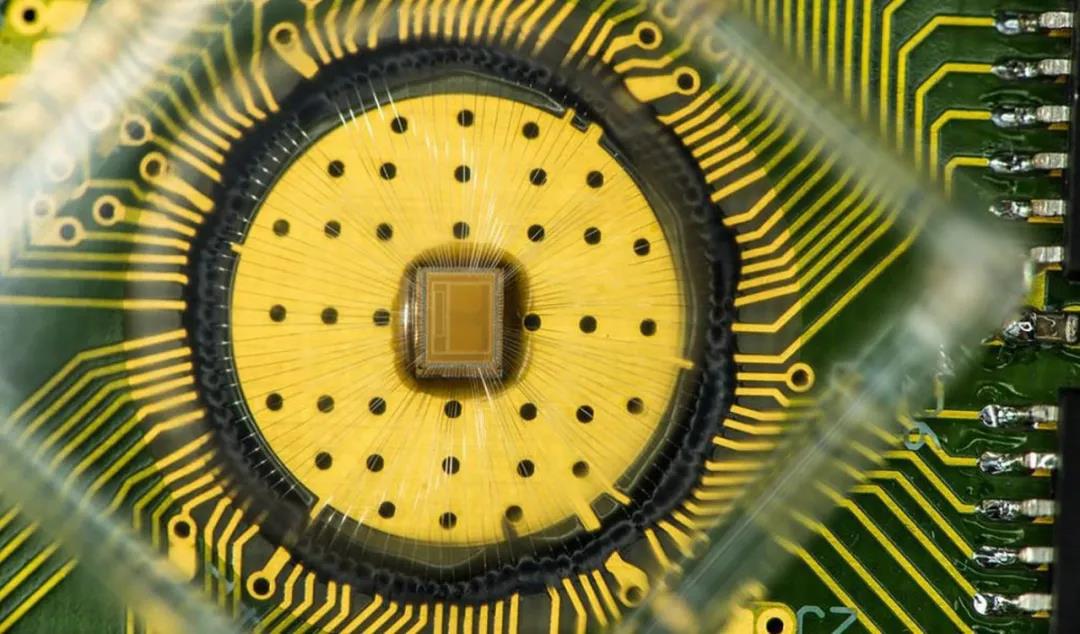
Focusing on phase-change memory (PCM), one of the most promising new non-volatile memory technologies, the team of Zheyang Jia, Haobo Li and Tianze Du proposed the topic of "Modeling and Simulation Method of Electro-Thermal Coupling Process of Phase-Change Memory and Software Development" (Instructor: Wenchao Chen), aiming to design the simulation software of PCM electrothermal process and other related models, so as to promote the design, development and optimization of phase change memory, advance the research process, and further shorten the research cycle of PCM. This topic involves computer software, thermophysics, electronic devices, reliability physics, material and other disciplines, which has a wide coverage and strong applicability.

Moyang Guo, Zheyu Fu and Chenhao Li’s group put forward the project of "Complementary Perspective Based on the Ground Constraints and the Space-Time Characteristics of Multi-Person Matching Pursuit" (Instructor: Gaoang Wang), basing on the targets’ space and time characteristics and interconnection between targets from multi-perspectives to establish common ground and achieve multi-person matching pursuit. It also assists to solving the problems such as single monitoring method in actual scenario and too many interference sources and so on. At present, this field is still in the developing stage. Human pose estimation and other technologies have great application prospects in portrait tracking, automatic driving, and intelligent learning.
SRTP aims at stimulating students' spirit of exploration, broadening their engineering vision, training students' ability to find, analyze and solve problems, especially cultivating students' ability of problem-oriented autonomous learning. It is believed that the students will lay a good foundation for future innovation talents in the field of engineering through the SRTP.





